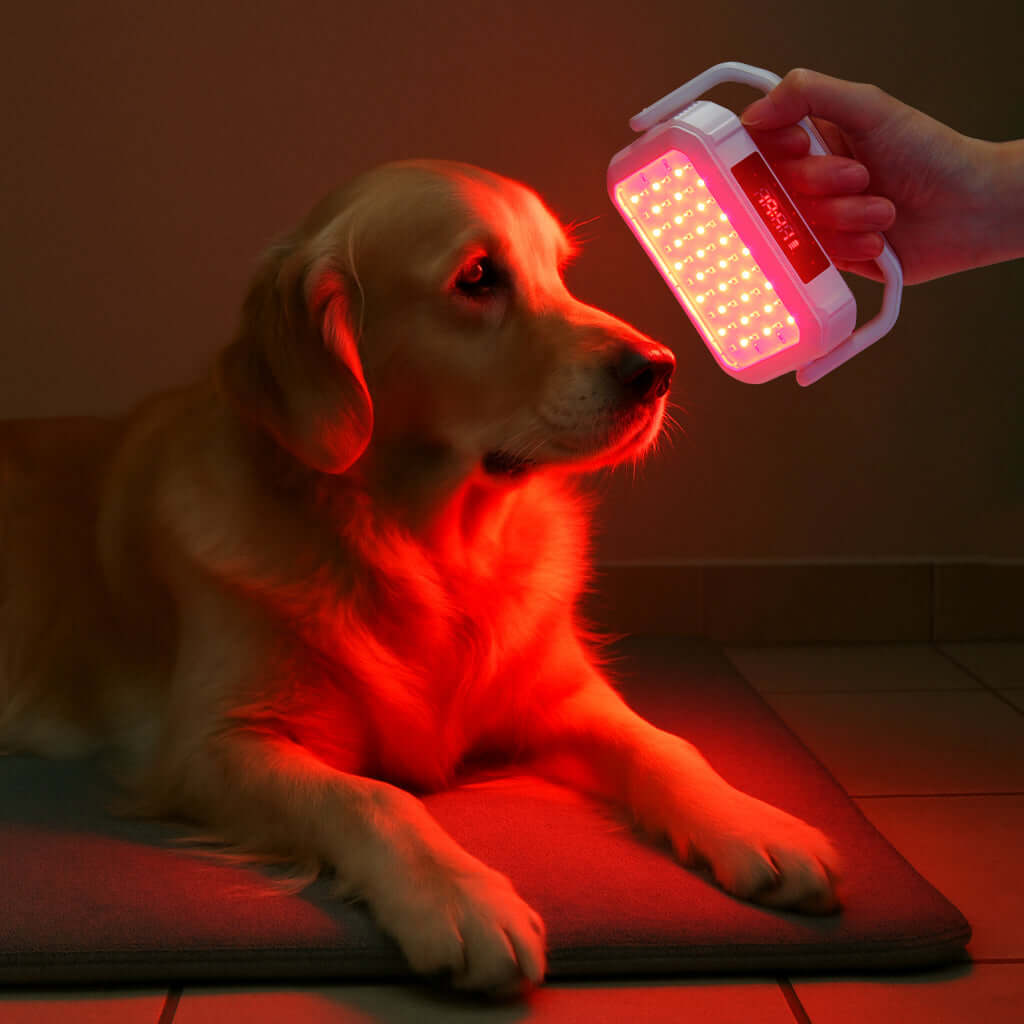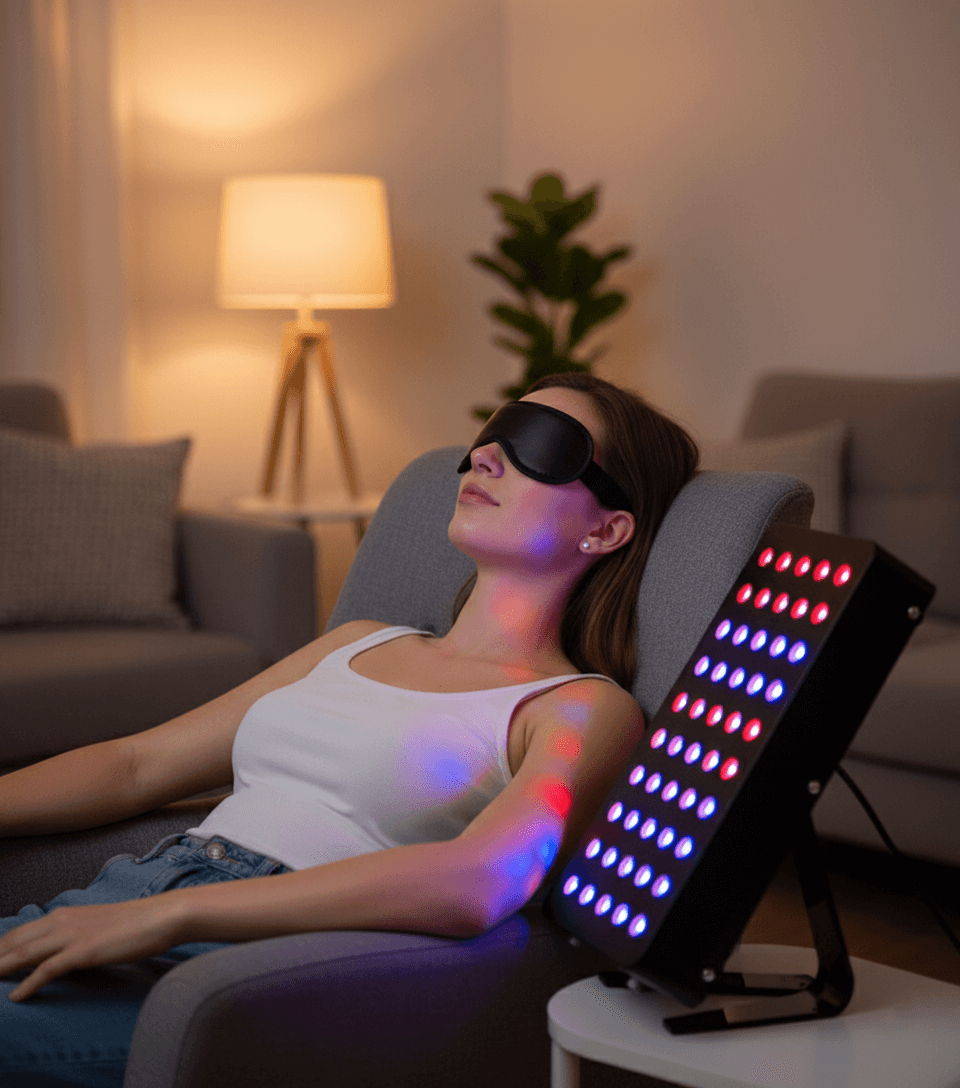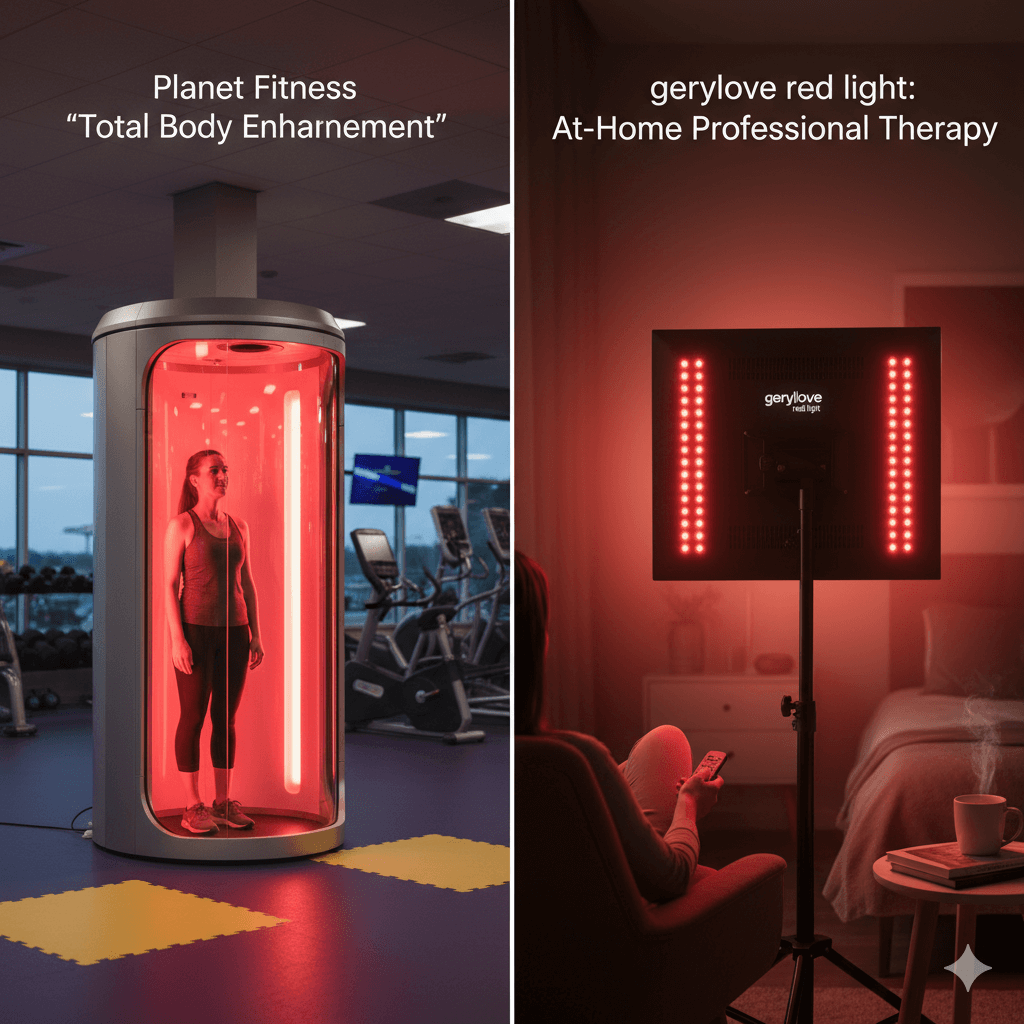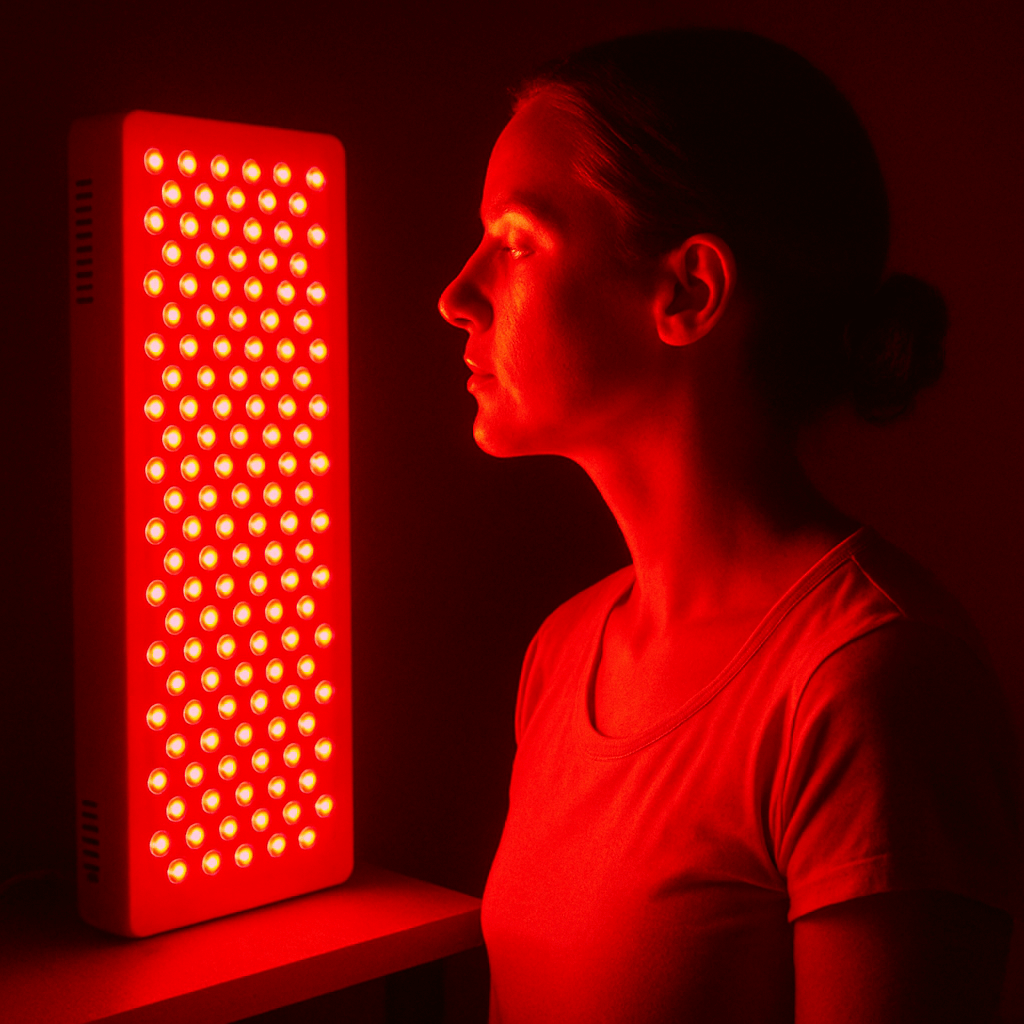Benefits of Red Light Therapy for Dogs
Red light therapy is rapidly becoming a staple in the realm of pet care. As awareness spreads about its potential to alleviate pain and bolster overall wellness, an increasing number of dog owners are delving into how this treatment might enhance the lives of their canine companions. But what precisely is red light therapy, and how does it benefit your dog? This article delves into the benefits, safety, and practical application of red light therapy for dogs, providing insights on integrating this treatment into your pet care routine.

Red light therapy, also referred to as low-level laser therapy (LLLT), involves the application of low-power lasers or LEDs to emit specific wavelengths of red light. This therapy is non-invasive and aims to stimulate the body's natural healing processes. Initially developed for human medical treatments, its success has led to adaptations for veterinary use, offering new pathways for animal care.
Origin and Development
The concept of red light therapy originated from space research, where scientists explored its potential to promote plant growth in space. Over time, it transitioned into the medical field as its healing properties were recognized for human applications, such as reducing inflammation and accelerating wound healing. Veterinarians, seeing the potential benefits, have adapted these technologies for animal use, offering a new dimension to pet healthcare.
Mechanism of Action
Red light therapy operates by penetrating deep into the skin to affect underlying cells. The emitted light energy is absorbed by mitochondria, the energy powerhouse within cells. This absorption enhances energy production, facilitating tissue repair and reducing inflammation. The non-invasive nature of this therapy makes it a favorable option for both acute and chronic conditions, promoting a holistic approach to healing.
Veterinary Adoption
The veterinary field has embraced red light therapy due to its multifaceted benefits. With growing evidence supporting its efficacy, veterinarians now incorporate it into treatment plans for conditions ranging from arthritis to skin disorders. As more studies emerge, the scope of red light therapy continues to expand, offering new hope for conditions previously thought difficult to manage.
How Does Red Light Therapy Work for Dogs?
Red light therapy works by penetrating the skin to influence cellular activity within the body. The absorbed light energy boosts mitochondrial function, enhancing energy production and promoting tissue repair. This process effectively reduces inflammation and fosters healing, making it an increasingly popular choice for managing dog pain relief and overall wellness.
Cellular Benefits
Upon absorption by the dog's skin, red light stimulates the production of adenosine triphosphate (ATP), a crucial energy carrier in cells. Enhanced ATP production accelerates cellular repair processes, diminishes inflammation, and supports tissue regeneration. This cellular rejuvenation is particularly beneficial for dogs recovering from injuries or surgery, as it aids in faster recovery and reduces the risk of secondary complications.
Pain and Inflammation Reduction

A significant advantage of red light therapy is its ability to alleviate pain. It effectively manages both acute and chronic pain by reducing inflammation and stimulating endorphin release, which are the body's natural painkillers. This makes it especially beneficial for dogs suffering from arthritis, hip dysplasia, or other joint issues, as it enhances mobility and improves quality of life without the need for medication.
Enhanced Healing Processes
The capacity of red light therapy to expedite healing is invaluable. By improving blood circulation and oxygenation, it supports wound healing and tissue repair. This therapeutic approach is particularly useful for dogs with skin conditions or recovering from surgery, as it minimizes infection risks and promotes quicker recovery, ensuring your dog returns to its active lifestyle sooner.
Is Red Light Therapy Safe for Dogs?
Safety is a paramount concern for pet owners considering new treatments. Fortunately, red light therapy is generally considered safe for dogs when used appropriately. The wavelengths of light utilized in this therapy are non-harmful and do not generate heat, thereby eliminating the risk of burns or discomfort to your dog's skin.
Understanding Device Safety
When implementing red light therapy, it's crucial to use devices specifically designed for pets. These devices are calibrated to emit the correct wavelengths and intensities suitable for animal use, ensuring a safe and effective treatment. It's essential to adhere to manufacturer guidelines and avoid using devices intended for human use, as these may not be appropriate for dogs.
Precautions and Considerations
While red light therapy is largely safe, certain precautions should be observed. Avoid shining the light directly into your dog's eyes to prevent potential damage. Additionally, consult with a veterinarian if your dog has pre-existing conditions or is currently taking medication, as they can offer tailored advice on treatment duration and frequency to ensure optimal outcomes without adverse effects.
Monitoring and Adjustments
Regular monitoring of your dog's response to therapy is crucial. Observe for any changes in behavior, pain levels, or skin condition. If any adverse reactions occur, such as increased irritation or discomfort, discontinue use and seek veterinary advice. Adjustments to the treatment plan may be necessary to align with your dog's specific health needs and ensure safety and efficacy.
Benefits of Red Light Therapy for Dogs
Red light therapy provides a plethora of benefits for dogs, ranging from pain relief to enhanced skin health. Below are some of the key advantages that make it a valuable addition to canine care.
Pain Relief and Mobility Improvement
For senior dogs or those with joint ailments, red light therapy can be transformative. By mitigating inflammation, it significantly enhances mobility and reduces discomfort, allowing your dog to enjoy more active, pain-free days. This improvement in quality of life is particularly noticeable in dogs with arthritis or other degenerative conditions, where traditional treatments may have limited effects.
Skin and Coat Health
Red light therapy positively influences skin and coat health by promoting better circulation. Improved blood flow fosters healthier skin and a shinier coat, contributing to your dog's overall aesthetic and physical well-being. Additionally, it assists in wound healing, lowering infection risks and accelerating recovery times, which is vital for maintaining an active and healthy dog.
Stress and Anxiety Reduction
Interestingly, red light therapy may also alleviate stress and anxiety in dogs. The soothing effect of the light can induce a calming sensation, particularly beneficial for dogs experiencing anxiety or stress-related behaviors. By incorporating this therapy into your dog's routine, you may observe a more relaxed demeanor, contributing to improved mental health and overall well-being.
Immune System Support
Beyond pain relief and skin health, red light therapy may bolster your dog's immune system. By enhancing cellular function and reducing systemic inflammation, it supports the body's natural defenses against illness. This immune support is crucial for maintaining long-term health and preventing the onset of age-related diseases, ensuring your dog remains vibrant and healthy as it ages.
How to Use Red Light Therapy for Dogs at Home
Implementing red light therapy at home can be both convenient and effective. Here is a comprehensive guide to help you get started and maximize the benefits of this treatment for your dog.
Step 1: Choose the Right Device
Select a red light therapy device specifically designed for pets. These devices are user-friendly and come with detailed instructions on how to safely administer treatment to your dog. Consider factors such as device size, wavelength, and ease of use to ensure it meets your dog's needs and your comfort level with the technology.
Step 2: Set Up a Comfortable Environment
Create a calm, comfortable space for your dog to receive therapy. Ensure the area is free from distractions and that your dog feels relaxed and secure. This setting will help your dog associate the therapy sessions with positive experiences, reducing any potential stress or anxiety related to the treatment.
Step 3: Follow Guidelines
Carefully read and follow the device instructions to understand the recommended treatment duration and frequency. Begin with shorter sessions to allow your dog to acclimate to the therapy, gradually increasing the duration as your dog becomes more comfortable. Consistency is key to achieving the desired outcomes, so establish a routine that aligns with your dog's needs and the device guidelines.
Step 4: Observe Your Dog's Response
Monitor your dog's response to the therapy closely. Look for signs of improvement in mobility, pain levels, or skin health. If you notice any adverse effects, such as increased discomfort or skin irritation, discontinue use immediately and consult your veterinarian. Regular observation will help you gauge the effectiveness of the therapy and make necessary adjustments to the treatment plan.
Step 5: Consult with a Veterinarian
Maintain open communication with your veterinarian regarding your use of red light therapy. They can provide valuable insights and recommendations based on your dog's specific health needs and monitor progress over time. Their expertise ensures that the therapy is used safely and effectively, maximizing benefits while minimizing risks.
Conclusion
Red light therapy presents a promising avenue for dog care, offering numerous benefits from pain relief to overall wellness enhancement. Its non-invasive nature and ease of use make it an excellent addition to your dog's healthcare routine. Always consult with a veterinarian to ensure it is the right choice for your furry friend and adhere to best practices to optimize the therapy's benefits. With the right approach, red light therapy could significantly improve your dog's quality of life, providing comfort and vitality for years to come.







